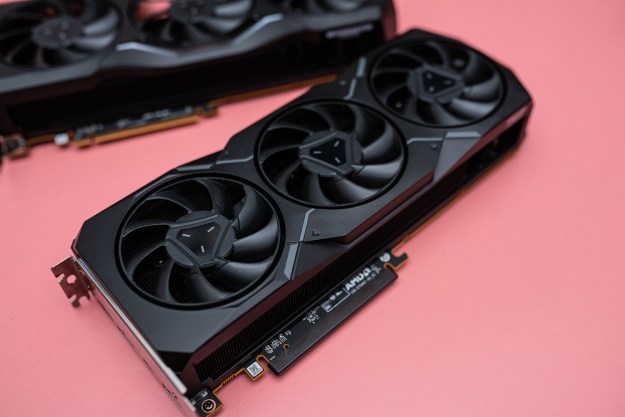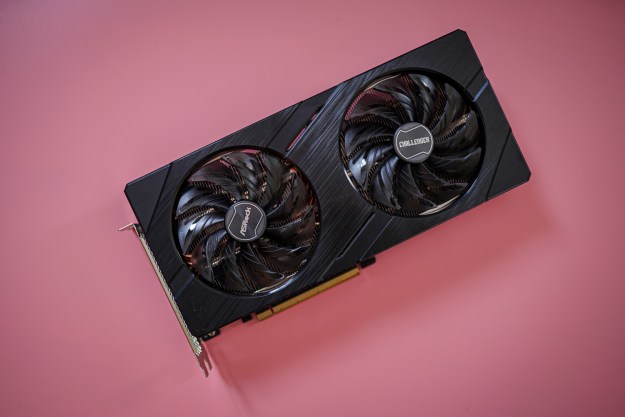According to a leak, Intel is seemingly planning at least five variants for its Arc Alchemist graphics card lineup for laptops.
Twitter user 9550pro, as spotted by VideoCardz, showcased what seems to be an internal document that delivers insight into Intel’s upcoming mobile GPUs.

The image, named “DG2 Graphics Memory Configuration,” highlights several memory configurations for “DG2 NB SKU.” As such, these models will be a part of the notebook series of GPUs based on Intel’s Xe-HPG microarchitecture.
First up is the flagship model (SKU1) that sports 512 Execution Units (EU). This variant will come with eight GDDR6 memory modules (16GB). With a clock speed of 16Gbps, VideoCardz highlights how it’ll match the same speed as Nvidia’s powerful GeForce RTX 3080 Ti laptop GPU. This particular GPU will also apparently be based on a 256-bit memory bus capable of delivering a maximum bandwidth rate of 512GB/s.
If these specifications prove to be true, it would represent quite a comeback for Intel following years of absence from the competitive graphics cards market.
The slide also seemingly confirms the existence of a cut-down DG2-512EU GPU that comes with 384 EUs (SKU2). It’ll offer six 12GB GDDR6 memory modules and the same 16GB speed configuration as the flagship variant. Alongside a 256-bit memory bus, SKU2 features a maximum bandwidth speed of 384GB/s.
Elsewhere, the leaked chart points out a model (SKU3) with 256 EUs. It’ll offer four 8GB GDDR6 memory modules across a 128-bit memory bus. Although it’ll feature the same 16Gbps memory speed as the other two aforementioned models, 256GB/s of bandwidth has resulted in the memory modules count being capped at four.
The final two variants (SKU 4 and 5) will be the least powerful offerings out of this specific lineup of Arc Alchemist mobile GPUs. The 128 EU and 96 EU models come with a total of two GDDR6 memory modules alongside a 64-bit memory bus. Rounding out the features are 14Gbps of memory speed and a maximum bandwidth rate of 112GB/s.
As for the release date of Intel’s Arc Alchemist graphics cards, it appears that an initially scheduled first-quarter launch has been delayed. Still, anticipation mounts for Team Blue’s re-entry into the GPU market, especially considering the fact that it could mark the return of sub-$200 video cards. A desktop model, meanwhile, was recently spotted in a leaked benchmark, showcasing impressive results when going head-to-head with Nvidia’s RTX 3070 Ti.
Editors' Recommendations
- Intel may fire the first shots in the next-gen GPU war
- You shouldn’t buy these Nvidia GPUs right now
- Using an RTX 3060? Here’s the GPU to upgrade to next
- Why I regret buying the RTX 4080
- These early RTX 4080 Super listings confirmed my worries about the GPU





